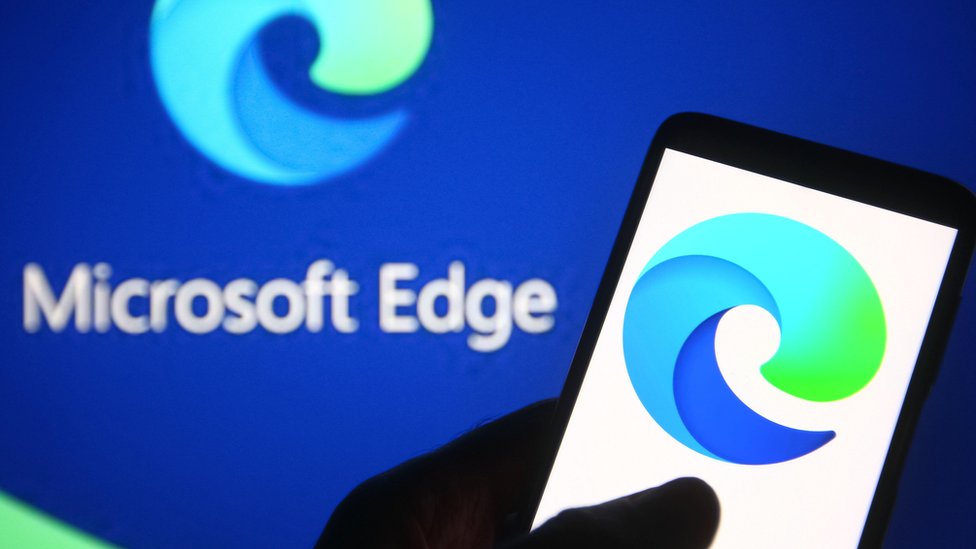Posted On 28 Dec 2021
Microsoft has been striving to make Edge a more feasible option to Chrome and Firefox, even rewriting it from the ground up using Chromium technology. The corporation is also attempting to distinguish its official browser by packing it with useful capabilities for online buyers, which might be a profitable approach. While some of its efforts have been praised, the most recent one, a new built-in tool for the Zip finance business, has been not quite received a positive welcome.
Zip is a new buy now, pay later business that breaks down small and medium-sized purchases into smaller parts, obviating the need for traditional interest payments in favor of cheap flat costs ($1 per payment, $4 maximum). It rivals Klarna, Splitit, and a variety of alternative instalment options from larger corporations such as PayPal. It can make good sense for purchasers as an alternative to traditional rent-to-own or layaway arrangements, albeit those $1 costs are proportionally more significant on smaller purchases.
But it’s unclear why Microsoft included a corporate lending feature in Edge, and Zip in particular. As a supplement to the browser’s current discount and comparison-shopping capabilities, the functionality was unveiled in mid-November, just in time for Christmas shopping to pick up steam. Zip’s application, registration, and checkout systems are baked within the browser, and it’s linked to the Microsoft account you use to get into Windows. Microsoft states that the Zip feature in Edge may be used for any regular purchase between $35 and $1000 conducted in the browser (rather than on a store-by-store basis). For the time being, it’s only accessible in the United States.
Edge users were quick to express their dissatisfaction. At the time of writing, the release post on Microsoft’s site had received hundreds of responses, virtually all of which were unfavorable. User responses in other locations on the internet, such as Reddit threads and other forums, appear to mirror this overall sentiment.
Introducing a momentary, opportunistic function to a browser that Microsoft has worked tirelessly to enhance over the previous two years may be perceived as a step in the wrong direction at the very least. As several people have pointed out, this might have been an optional add-on rather than a required feature.









